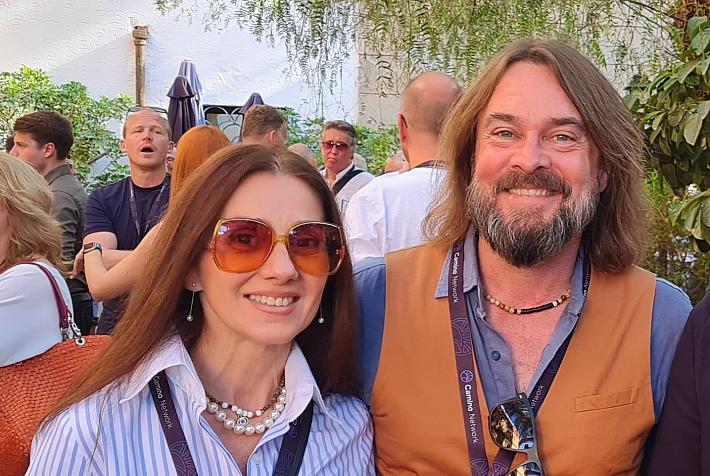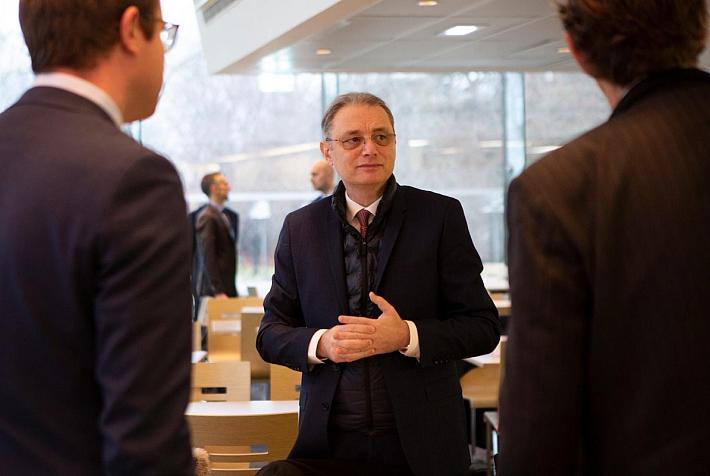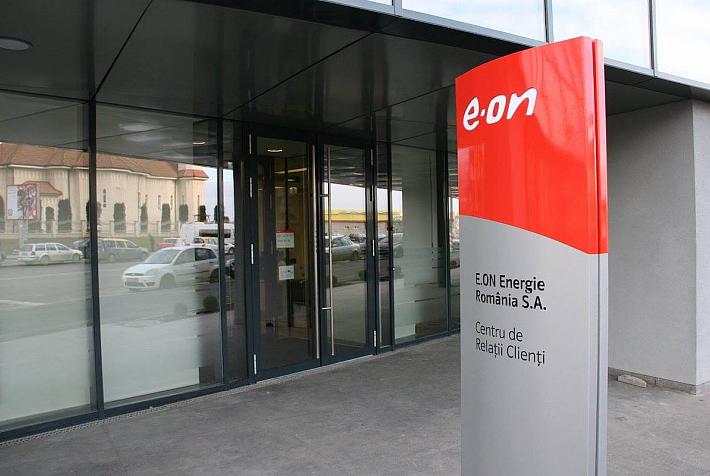National Day: Spend a long week-end with Romania's history

 Romania’s National Day, also known as Union Day, is celebrated every year on December 1. Why not spend the 4-day holiday exploring Romania? We’ve picked out some great lesser known spots to learn a little about Romania’s rich history and enjoy local traditions. Cities like Alba Iulia, where the Unification of the Romanian Principalities was proclaimed in 1918, Hunedoara, Bacau or Suceava are waiting to be discovered.
Romania’s National Day, also known as Union Day, is celebrated every year on December 1. Why not spend the 4-day holiday exploring Romania? We’ve picked out some great lesser known spots to learn a little about Romania’s rich history and enjoy local traditions. Cities like Alba Iulia, where the Unification of the Romanian Principalities was proclaimed in 1918, Hunedoara, Bacau or Suceava are waiting to be discovered.
By Irina Popescu
Timisoara, Romania’s ‘Little Vienna,’ is a striking city in western Romania, in the heart of the Banat region. The 1989 revolution that resulted in Ceausescu’s fall and the end of Communism in Romania began in Timisoara. Plenty photo opportunities in central Piata Operei; an imposing Cathedral on one side- the National Opera and Theater on the other. A 4-day stay at the Lido Hotel costs EUR 130 in a double room. Prices for accommodation generally range between EUR 100 and EUR 300 for a double room.
The 540 km that separates Bucharest from Timisoara can be split with a convenient stop-over in Alba Iulia or Hunedoara.
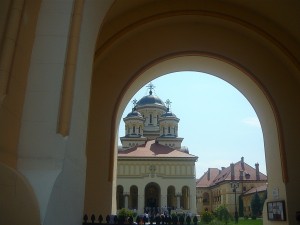 Alba Iulia is about 350km from the capital and is arguably the perfect place to celebrate the National Day as it was from Alba Iulia’s cathedral Romanian unification was declared on December 1, 1918. The cathedral is now known as the Unification Cathedral and it is close to the Unification Museum. The town has come to symbolize national unity and hosts ceremonies and celebrations to commemorate the historic day. Government officials usually attend the events, which this year include concerts, exhibitions, book launches and conferences between November 28 and December 3. Appearing in concert are Zdob si Zdub and Holograf. The price for a double room at Elisabeta Villa in Alba Iulia costs EUR 50 per night.
Alba Iulia is about 350km from the capital and is arguably the perfect place to celebrate the National Day as it was from Alba Iulia’s cathedral Romanian unification was declared on December 1, 1918. The cathedral is now known as the Unification Cathedral and it is close to the Unification Museum. The town has come to symbolize national unity and hosts ceremonies and celebrations to commemorate the historic day. Government officials usually attend the events, which this year include concerts, exhibitions, book launches and conferences between November 28 and December 3. Appearing in concert are Zdob si Zdub and Holograf. The price for a double room at Elisabeta Villa in Alba Iulia costs EUR 50 per night.
Hunedoara, located at about 400 km from Bucharest, hosts one of the most impressive castles in Romania- Corvin’s Castle, also known as the Hunyadi Castle. Built high on a rock, the castle’s size and architectural beauty puts it among the most precious Romanian monuments. Built and rebuilt, added to and extended over the centuries the castle allows modern visitors to see a mixture of Medieval, Gothic, Renaissance and Baroque styles. Prices for a double room in the town are between EUR 15 and EUR 55 per night.
Cluj-Napoca, more commonly known simply as Cluj, is one of the most important academic, cultural, industrial and business centers in Romania. Just 6 hours from Bucharest by car, the city is located in the central part of Transylvania and has a number of landmark buildings and monuments. The impressive Saint Michael's Church was built at the end of 14th century in the Gothic style of the period. Prices for a 4-day stay in Cluj are between EUR 45 and EUR 240 per double room.
Read more about the historic Moldavia region on the next page.
“
The historic Moldavia region, in the north-east part of the country, is another good spot for the long weekend. Here cities brimming with history and charm like Bacau, Iasi, Piatra Neamt and Suceava can be found.
Bacau is on the Bistrita River at about 280km from Bucharest and nestles in the foothills of the Carpathian Mountains. Two major Romanian poets, George Bacovia and Vasile Alecsandri, were born here and the city’s History Museum, part of the Iulian Antonescu Museum Complex, has an important collection of archaeological finds from ancient Dacia. Staying in Bacau costs EUR 90 per double room for a 4-day stay at the Elite Pension.
The city of Piatra Neamt is just 85km from Bacau and about 350km north of Bucharest. It is considered one of the most picturesque cities in Romania. The city lies at a height of 345m and is surrounded by dramatic peaks, namely Pietricica, Cozla, Cernegura, Batca Doamnei and Carloman. The main attractions are the natural beauty of the area with its mountains and lakes, the historic buildings and the museums.
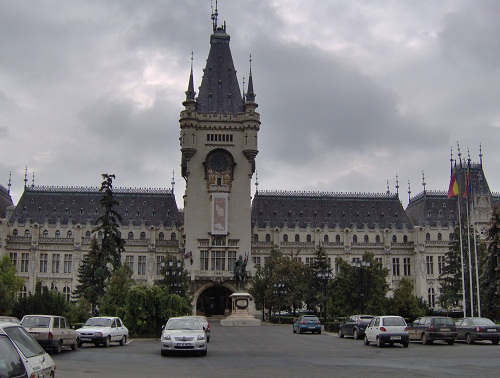
Next stop in Moldavia is Iasi (in picture, above). An important cultural center, Iași is symbolically important in Romanian history. The city was the capital of the Principality of Moldavia from 1564 to 1859 and the capital of Romania from 1916 to 1918. It was also the home to the first Romanian university and to the first engineering school. The social and cultural life of the city revolves around the Vasile Alecsandri National Theater- which is the oldest in Romania, the Moldova State Philharmonic, the Opera House, a famous Botanical Garden- the oldest and largest in Romania, the Central University Library – again, the oldest in Romania, and the Palace of Culture. EUR 40 a night covers the cost of a double room in the Moldova Hotel.
Suceava is 430km from Bucharest. For almost 200 years the city of Suceava was the capital of the Moldavian state. This city is one of the best places to learn about Romanian religion and traditions. The oldest church in Suceava is the Mirauti Church, but also worth a look are the Churches of Saint George and Saint John the Baptist. The Cetatea de Scaun, site of King Stefan cel Mare’s court, and several museums, such as the Bucovina History Museum and the Bucovina Village Museum, are also in Suceava.
Irina Popescu, irina.popescu@romania-insider.com







